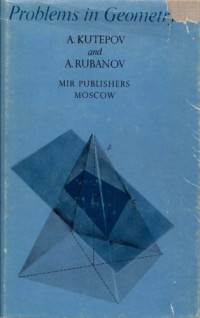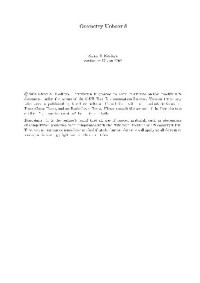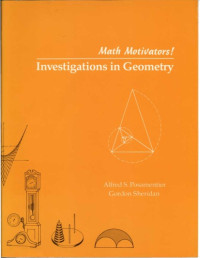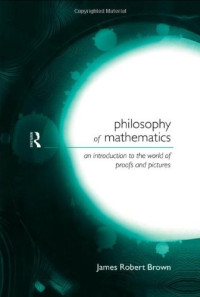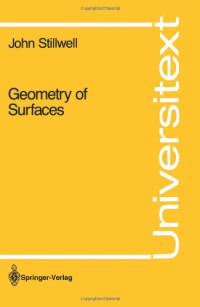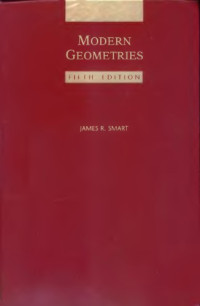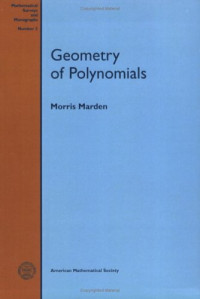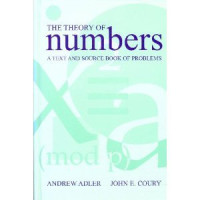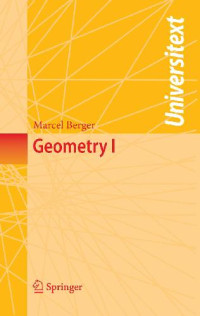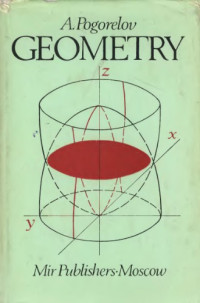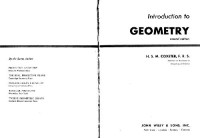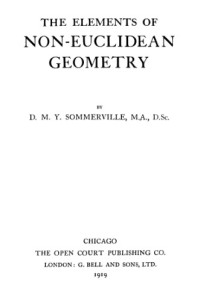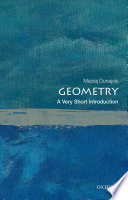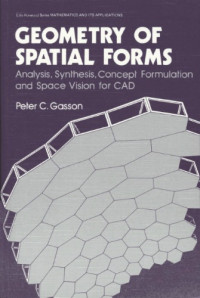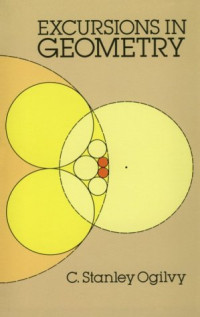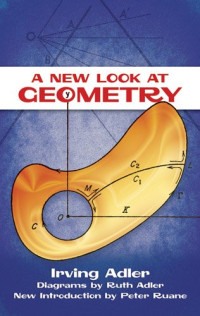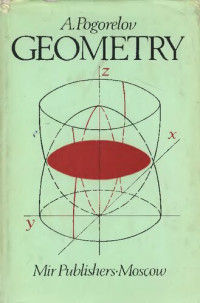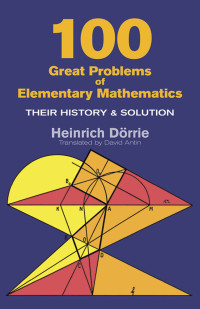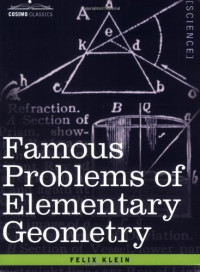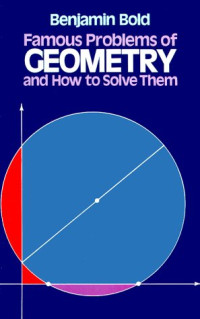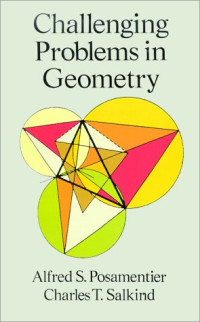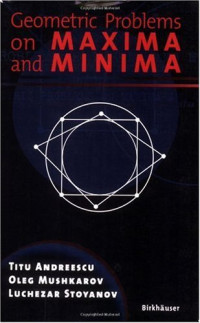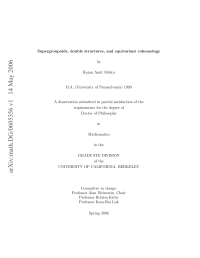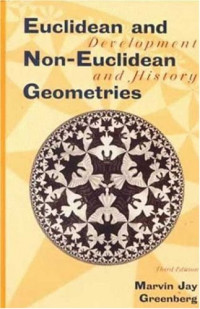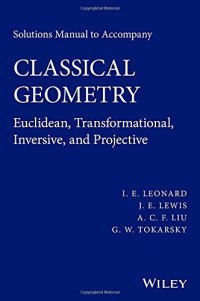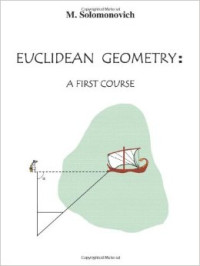
Modern Geometry with Applications
George A. Jennings (auth.)This book is an introduction to the theory and applications of "modern geometry" ~ roughly speaking, geometry that was developed after Euclid. It covers three major areas of non-Euclidean geometry and their applica tions: spherical geometry (used in navigation and astronomy), projective geometry (used in art), and spacetime geometry (used in the Special The ory of Relativity). In addition it treats some of the more useful topics from Euclidean geometry, focusing on the use of Euclidean motions, and includes a chapter on conics and the orbits of planets. My aim in writing this book was to balance theory with applications. It seems to me that students of geometry, especially prospective mathe matics teachers, need to be aware of how geometry is used as well as how it is derived. Every topic in the book is motivated by an application and many additional applications are given in the exercises. This emphasis on applications is responsible for a somewhat nontraditional choice of top ics: I left out hyperbolic geometry, a traditional topic with practically no applications that are intelligible to undergraduates, and replaced it with the spacetime geometry of Special Relativity, a thoroughly non-Euclidean geometry with striking implications for our own physical universe. The book contains enough material for a one semester course in geometry at the sophomore-to-senior level, as well as many exercises, mostly of a non routine nature (the instructor may want to supplement them with routine exercises of his/her own).
 Amazon
Amazon  Barnes & Noble
Barnes & Noble  Bookshop.org
Bookshop.org  File converter
File converter More search results
More search results More benefits
More benefits 